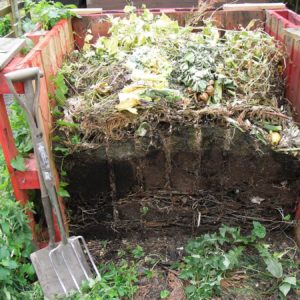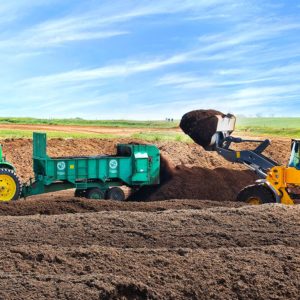Food waste is the second largest category of municipal solid waste (MSW) sent to landfills in the United States, accounting for approximately 18% of the waste stream.
That is over 35 million tons of food waste that the U.S. sends to the landfills each year. Food scraps are a valuable resource – and there are many benefits of composting. When diverted from a landfill to an industrial compost facility, food scraps are converted into compost, a nutrient-rich soil amendment helping the overall health of the soil.
Composting is the most practical and sustainable way to handle food scraps and yard waste. Composting returns organic matter to the soil in a usable form. Organic matter in the soil improves plant growth by helping to break up heavy clay soils and improving their structure, adding water and nutrient-holding capacity to sandy soil, and by adding essential nutrients to any soil. Improving your soil is the first step toward improving the health of your plants. Additionally, compost absorbs three times the amount of water than untreated standard soil, acts as a water filter (helping watersheds, water runoff, etc.), and improves soil structure and porosity.
Healthy plants help clean our air and conserve our soil, making our communities healthier places to live.


